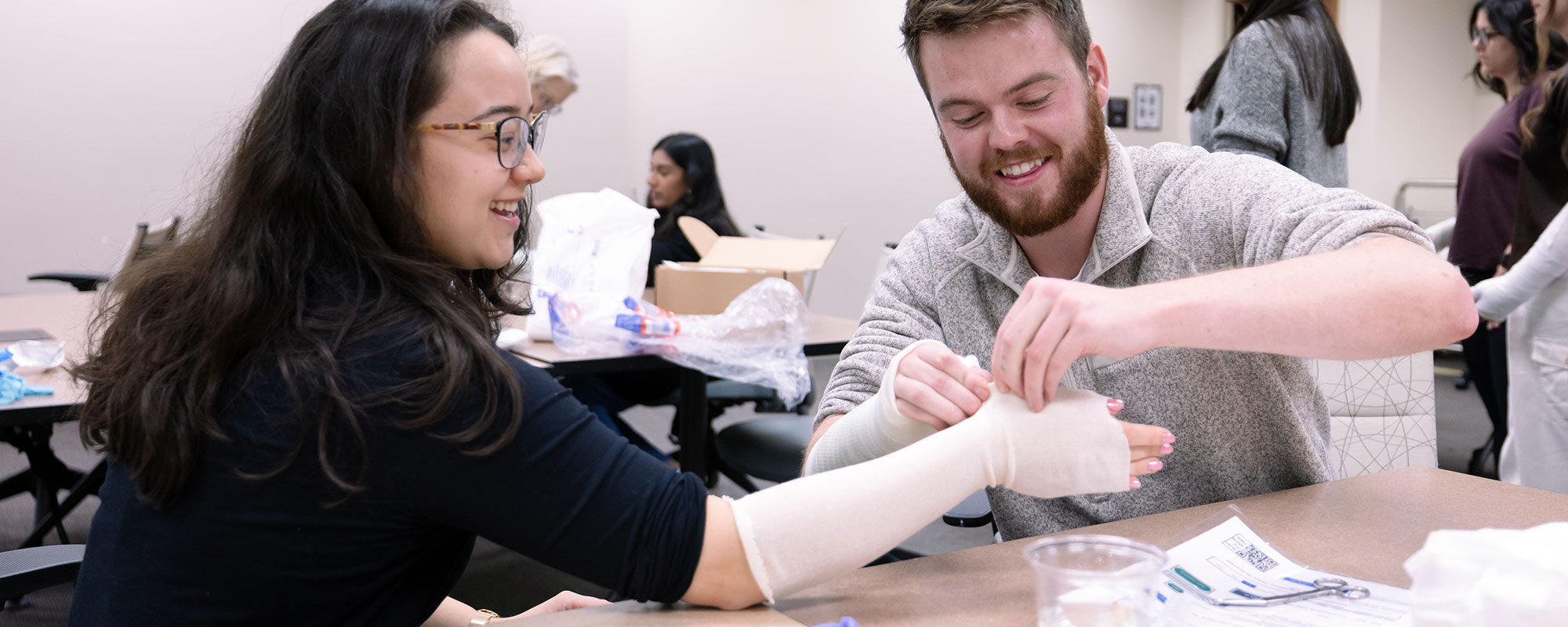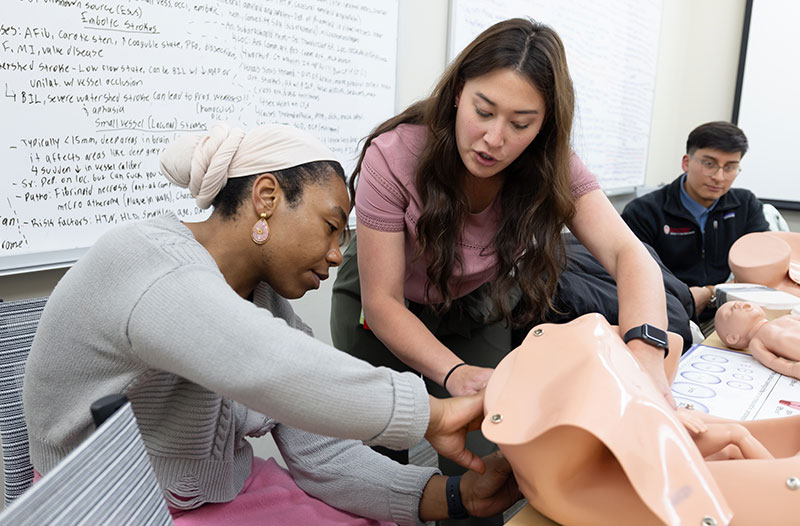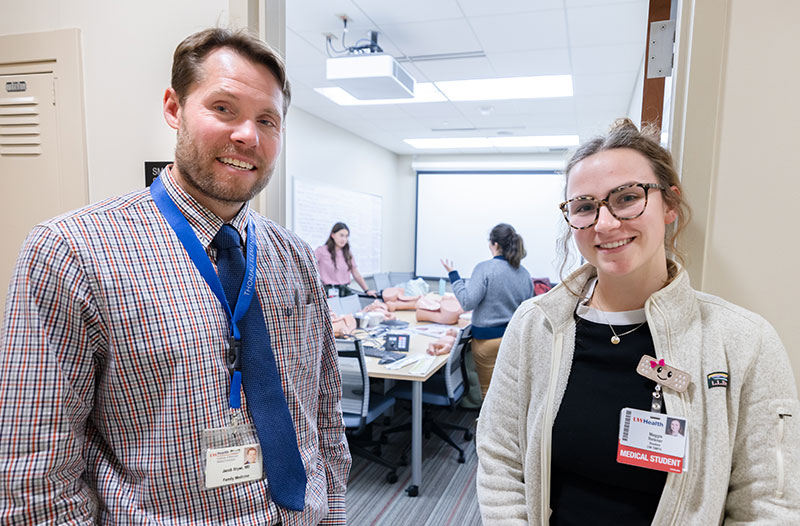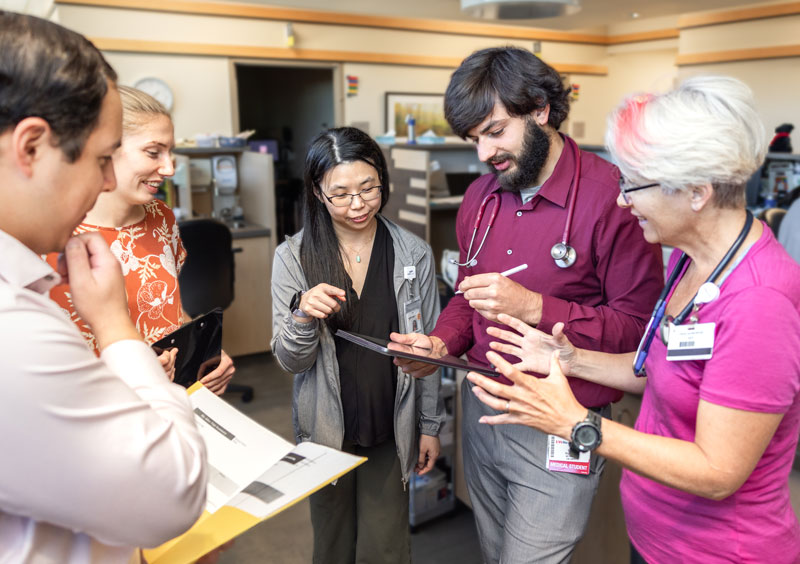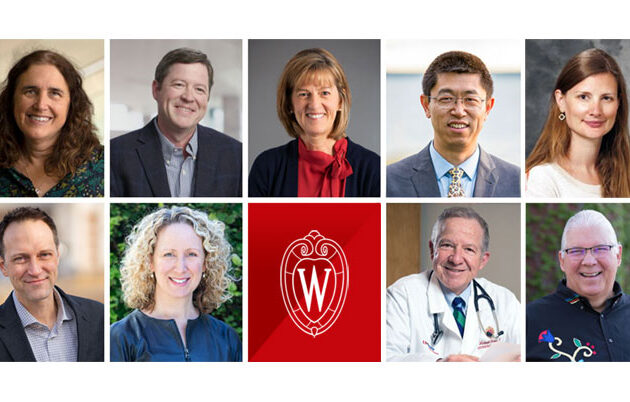Carol Pincombe, a teacher at Kromrey Middle School in Middleton, Wisconsin, has invited DOC students to her classroom for the last ten years. She said the annual visit is a highlight for her fifth graders, who go home to “share non-stop” about the experience.
“They love hearing about the body systems and being able to ask questions of the ‘experts,’” she said. “The DOC students are just incredible. Despite their grueling schedules, they come in eager to share their passion for the field of medicine and their educational journey. Then they encourage my students to pursue their own dreams.”
Creating a community safety net
Rishika Joshi, a second-year medical student from Milwaukee, volunteers for MEDiC, a student-run interest group with two main goals: improve the health of those in need and educate health professions students in a real-world setting.
“Coming into medical school, I already knew that I wanted to be involved in MEDiC,” said Joshi, who serves in a leadership role on MEDiC’s student board. “I had volunteered at community health clinics in Milwaukee, working with patients who were uninsured and did not speak English, and I wanted to continue that work.”
MEDiC volunteers — which include medical students as well as students training to be physician assistants or pursuing degrees in physical therapy, nursing and pharmacy — work at seven health clinics throughout Madison. They provide intake, coordinate with resource navigators in the community, manage the clinic and offer translation services. Patients are treated by faculty physician volunteers.
“Our clinics care for patients in Madison who would have no access to care other than an emergency room,” said Kristi Jones, director of community service programs for the School of Medicine and Public Health, who advises MEDiC and DOC volunteers. “Students grow in empathy and understanding as they help provide respectful, compassionate care.”
